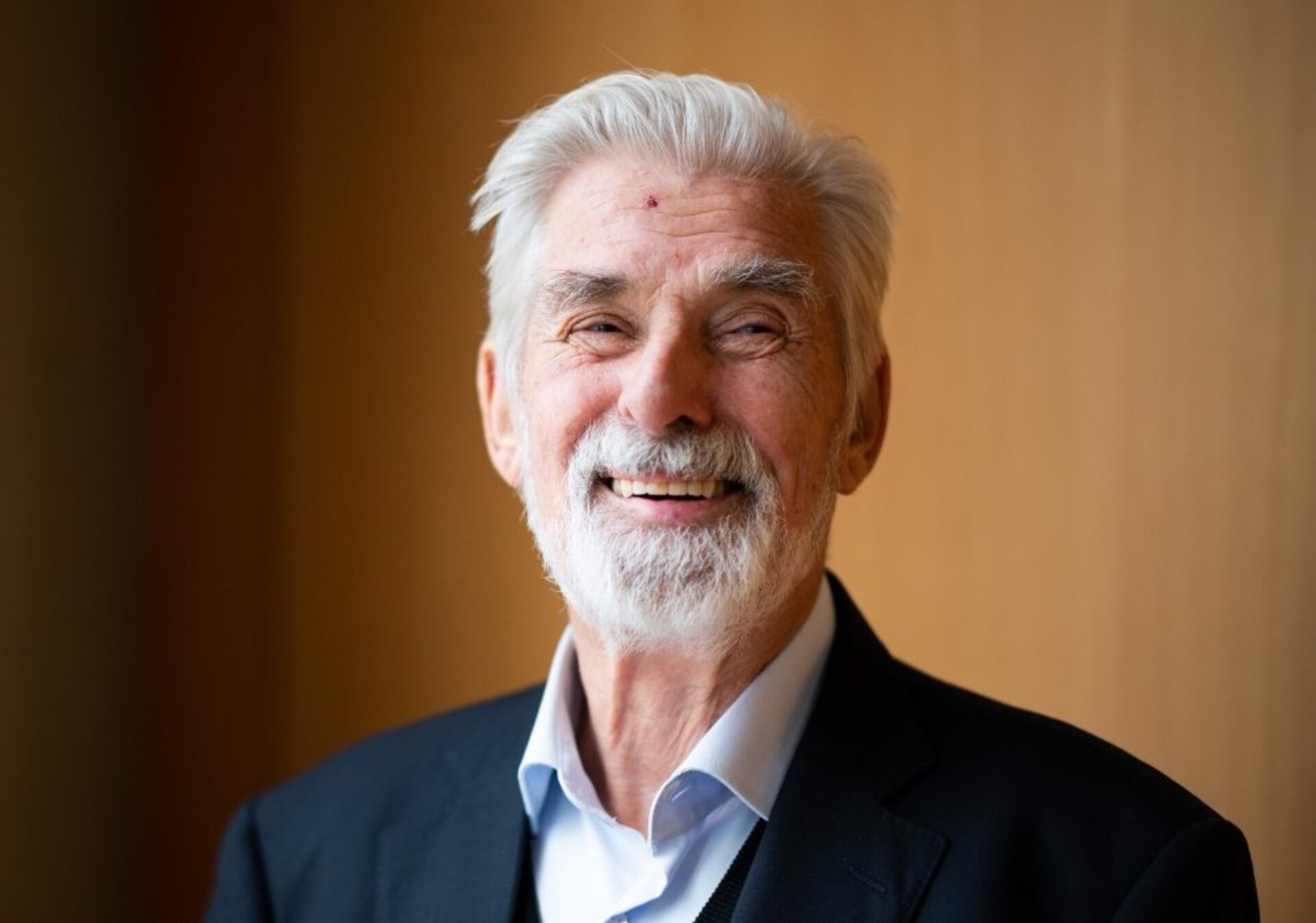Father of ERS wins Nobel prize in physics
The Royal Swedish Academy of Sciences has awarded a share of this year’s Nobel Prize in Physics to Klaus Hasselmann in acknowledgment of his contribution to ‘the physical modelling of Earth’s climate, quantifying variability and reliably predicting global warming’. Among Prof. Hasselmann’s long list of outstanding achievements, ESA also recognises him as one of the ‘fathers’ of ESA’s first Earth observation mission, ERS-1, which has been key to understanding our changing planet and which paved the way to modern techniques in observing Earth from space.

ESA Director General, Josef Aschbacher, said, “We send our most sincere congratulations to Prof. Dr Hasselmann for his well-deserved Nobel prize. Klaus joined one of ESA’s external expert groups of scientists in the 1970s, and in 1981 became a member of our High-Level Earth Observation Advisory Committee. He provided outstanding scientific support and recommendations to ESA, in particular on the development of the ERS-1 and ERS-2 missions.”
ESA’s first Earth observation mission dedicated to understanding our planet, the European Remote Sensing satellite (ERS-1), was launched on 17 July 1991 – just over 30 years ago. At the time, ERS-1 was one of the most sophisticated satellites ever developed and launched by Europe, paving the way to a new era in satellite technology to study the atmosphere, land, oceans and ice.
The satellite carried a comprehensive payload including an imaging synthetic aperture radar, a radar altimeter and other powerful instruments to measure many aspects of our planet. ERS-1 was then joined by ERS-2 in 1995 which carried an additional sensor for atmospheric ozone research – the Global Ozone Monitoring Experiment.

Both satellites exceeded their design life by far, delivering a 20-year stream of continuous data that formed the basis for countless research papers on how our planet works and how it is changing.
These pioneering missions have provided the basis for the routine remote sensing we have come to rely upon today to unravel the complexities of the way Earth works. The success of the ERS missions has helped Europe to gain clear leadership in several critical technologies and in the scientific use of Earth observation.
Prof. Hasselmann developed the theory underlying synthetic aperture imaging of ocean waves.
By 1978, the European community had been inspired by Seasat. A series of experiments to understand ocean waves followed, and the preparations for ERS-1 resulted in a series of key reports and results. The synthetic aperture imaging theory led to 2D wave spectra from the Active Microwave Instrument on ERS-1, and the use of these wave spectra products in the ocean models.


Access the video
This legacy extends to the wave mode products from the Copernicus Sentinel-1 radar mission and the use of these products in operational ocean monitoring.
Dr Aschbacher continued, “Without doubt, it is largely thanks to Prof. Hasselmann that we have operational wave monitoring, or ‘wave mode’ from Sentinel-1 today – a source of essential data for ocean forecasting, keeping maritime traffic safe.”
Prof. Hasselmann is the founding Director of the Max Planck Institute for Meteorology. He receives the Nobel Prize in Physics 2021 together with Syukuro Manabe from the USA and Giorgio Parisi from Italy.














 Germany
Germany
 Austria
Austria
 Belgium
Belgium
 Denmark
Denmark
 Spain
Spain
 Estonia
Estonia
 Finland
Finland
 France
France
 Greece
Greece
 Hungary
Hungary
 Ireland
Ireland
 Italy
Italy
 Luxembourg
Luxembourg
 Norway
Norway
 The Netherlands
The Netherlands
 Poland
Poland
 Portugal
Portugal
 Czechia
Czechia
 Romania
Romania
 United Kingdom
United Kingdom
 Slovenia
Slovenia
 Sweden
Sweden
 Switzerland
Switzerland






























